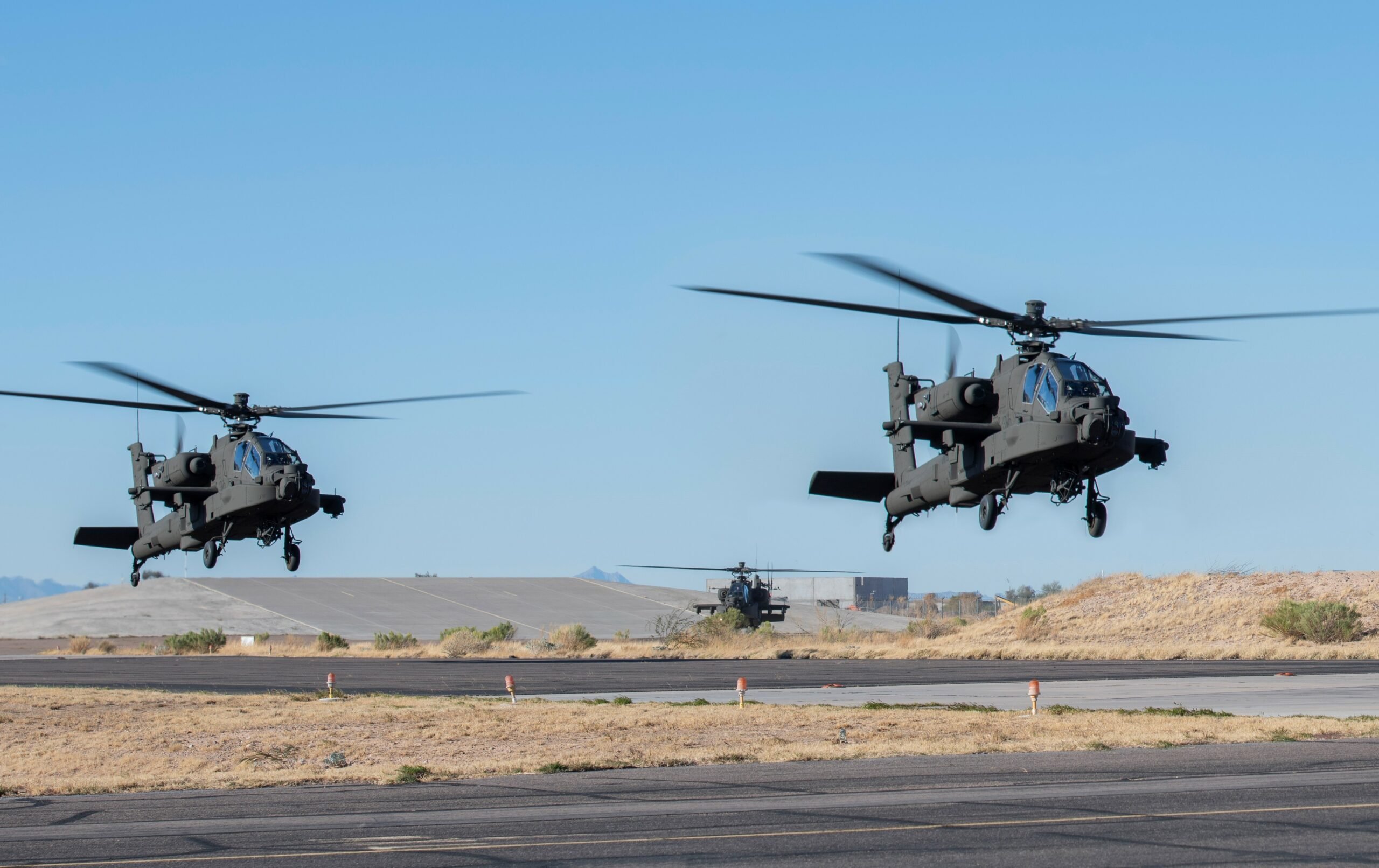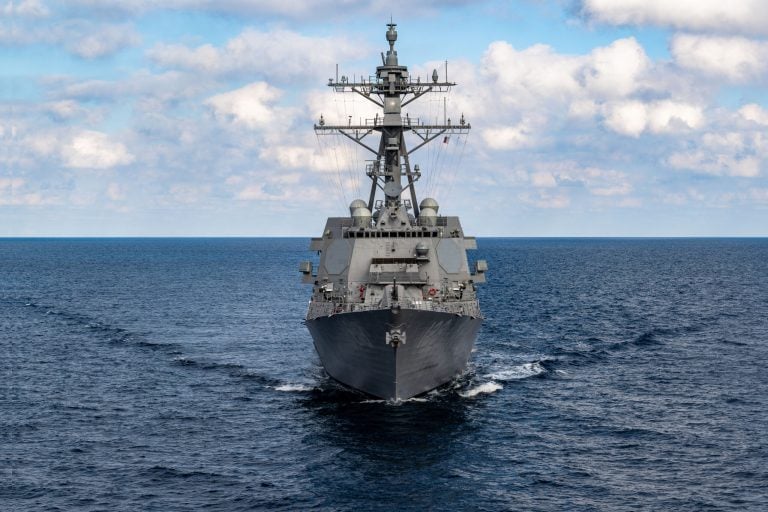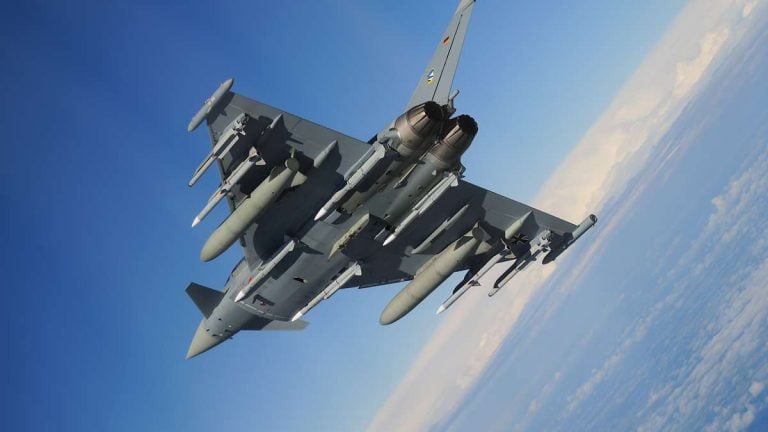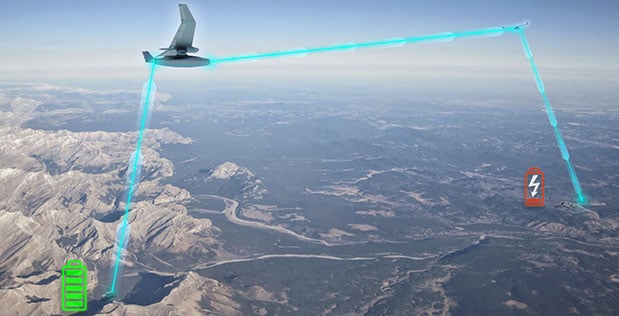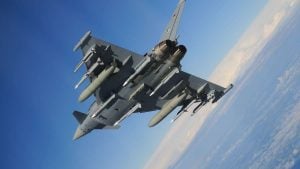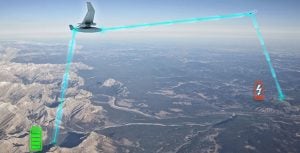The US Army has granted approval to Northrop Grumman’s ATHENA missile warning sensor for the second phase of the Improved Threat Detection System (ITDS) missile warning initiative, established under an Other Transaction Agreement (OTA). ITDS represents the US Army Aviation’s effort to develop a future-proof threat warning system capable of protecting aircraft from a myriad of dangers, including drones, missiles, rockets, artillery, lasers, and small arms.
This system is designed to replace the existing Common Missile Warning System, which is currently deployed on helicopters and light fixed-wing aircraft. Priority for installation will focus on the current and future rotary-wing fleets, specifically the MV-75 Future Long Range Assault Aircraft and the AH-64 Apache.
The ITDS program aims to create a solution that not only detects threats at a significantly greater range than existing systems but also provides the capability to defeat them. The infrared sensor suite will enhance threat detection and classification, triggering kinetic or non-kinetic countermeasures to neutralize potential dangers. Col. Brock Zimmerman, the US Army Project Manager for Aircraft Survivability Equipment, emphasized the importance of this capability, stating that it is essential for maintaining superiority against near-peer threats. The improved system will facilitate advanced tactical maneuvers by increasing detection ranges, enhancing performance in cluttered environments, and employing threat-agnostic algorithms to quickly address emerging dangers, thereby supporting full spectrum multi-domain operations.
Northrop Grumman’s ATHENA missile warning sensor, a key component of the ITDS, is designed with improved resolution and processing capabilities, granting users more time to respond to threats while enhancing aircraft maneuverability. It features multiple sensors in a standard configuration that provides comprehensive 360-degree coverage around the aircraft. The onboard processing delivers actionable intelligence immediately, conserving mission computing resources for other critical functions. Furthermore, the system is designed to adapt easily to evolving mission requirements, allowing for additional survivability features to be integrated.
ATHENA is compatible with both flare and laser-based countermeasure systems, including the Common Infrared Countermeasure (CIRCM) system. However, its capabilities extend beyond those of CIRCM, enabling it to detect not just infrared-guided missiles but also other threats such as hostile fire and anti-tank guided missiles.
The first phase of the ITDS program saw Northrop Grumman and Lockheed Martin awarded OTAs in July 2024, focusing on technology demonstrations and maturation. The second phase will pivot toward design excellence, demonstration testing, architecture development, and prototype integration, ultimately leading to the first ITDS prototypes being delivered. By early 2026, the initiative will transition into a rapid prototyping pathway, introducing 10 test prototypes and 100 fieldable systems. A residual operational capability is anticipated by 2029, marking a significant advancement in aircraft survivability and threat detection capabilities for the US Army.
